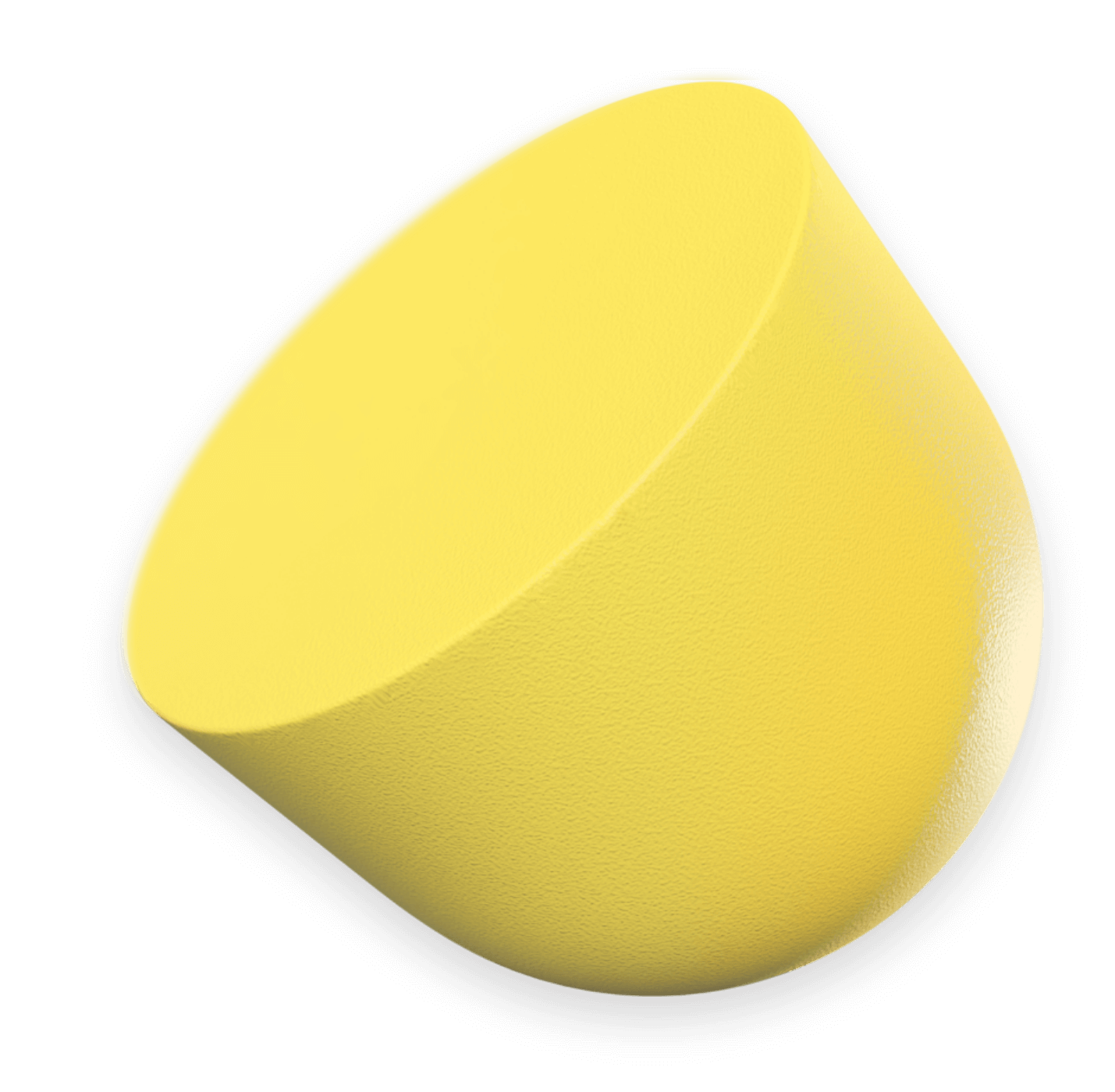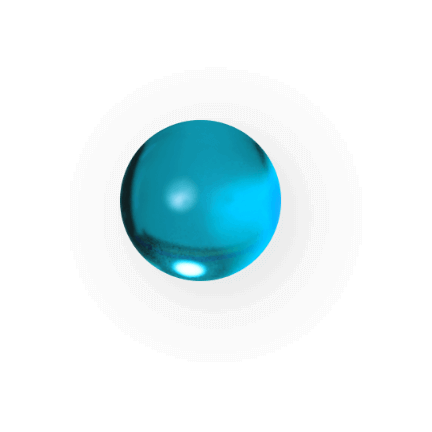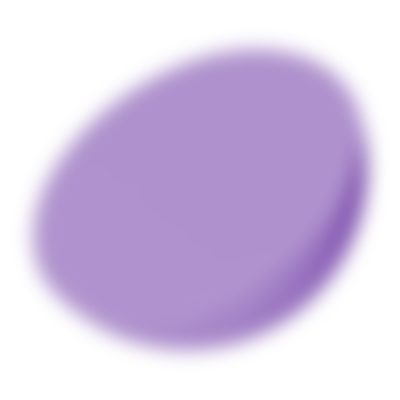AUO SDGs
AUO CSR EPS Targets
Environment
Water Optimization
Optimize product life-cycle and water resources through technology and management; work with value chain partners to create even greater environmental benefits
Energy Optimization
Optimize product life-cycle and energy consumption through technology and management; work with value chain partners to create even greater environmental benefits



Energy Optimization
Reduce the environmental impact of the production process; take circular economy value and extended applications into account.




Green Solutions for a Sustainable Production Environment
AUO is continuing to promote green production by improving our manufacturing efficiency and developing environmentally-friendly production methods. Our efforts include green factory, energy efficiency and carbon reduction, recycling, waste reduction and reduction of environmental burden. We are continuing to make progress in sustainable production and clean manufacturing.

Environmental management system
We have worked under the ISO 14001 environmental management system since 2002. This system also covers our domestic and overseas factories. A third party verifies whether or not those factories are compliant and the certificates are regularly renewed. Taking reference from its own thinking and the voice of the stakeholders, AUO uses the PDCA cycle for continuous improvement. The company uses policies, management task forces, and culture-based management. We systematically manage the environment, not only to ensure that the environmental management system is effective and legally compliant, but also to prevent environmental damage or pollution, and promote and achieve more environmental protection goals.

Energy management system
In 2011 we started implementing the ISO 50001 energy management system, and we had completed external certification work for the factories in Taiwan and Singapore,. and the Suzhou factory also obtained a similar certification in China. AUO’s internal auditing mechanism has embedded energy management deeply into its manufacturing.
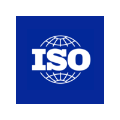
Water resource efficiency management system
ISO officially announced the ISO 46001 water resource performance management in 2019. To achieve systematic management, AUO introduced the system in 2020 on a trial basis. Based on the system‘s management requirements, we need to make an inventory of all the machines‘ water consumption status including production operation water supply model, monitoring and submitting the readings from the water meter, and system circulating water.
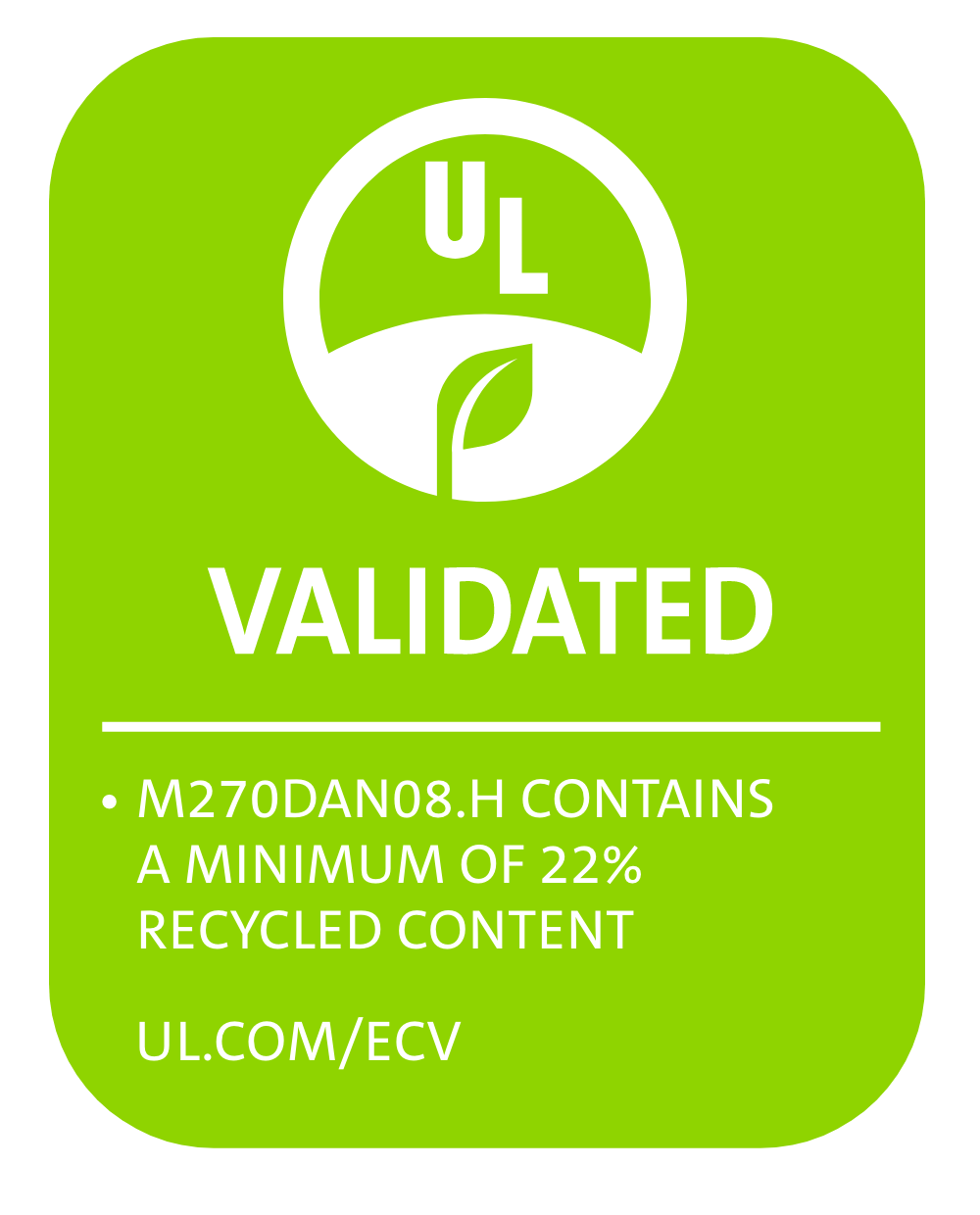
UL 3600 Circularity Certification
UL 3600 Circularity Certification assesses a company's circularity based on the recyclable content of a product and recyclability, as well as data such as factory waste disposal status. Since receiving the world's first UL 3600 Circularity Certification for the panel industry in 2020, AUO has been using UL's global safety science leader's circular certification standard UL 3600 to self-examine and improve circularity, and continues to promote circular product technology to various types of products.
Accomplishments in Green Production
Significant reductions in water and electricity consumption as well as carbon emissions have been achieved through green production.
Energy Use Intensity Reduction
40 %

Water Intensity Reduction
45 %

Process Water Recovery Rate
90 %

(G6 fab and above)
Carbon Emissions Reduction
62 %

Fabs with LEED Certification
4 %

Environmental Goal 2020
Water 2020
Water resource has been identified by World Economic Forum (WEF) as the third most critical risk.
To support the government's reclaimed water policy, we assess to introduce 10,000 CMD of reclaimed water at production sites.
Water reduction - reduce water intensity by
2020 Goals
30 %
Current Situation In 2020
35 %
Current Situation In 2019
29.5 %
Water neutrality - assist suppliers by saving
2020 Goals
5000 CMD
Current Situation In 2020
9209 CMD
Current Situation In 2019
4846 CMD
Carbon 2020
The carbon reduction target and path of Special Report on Global Warming of 1.5 °C (SR15)
- Achieved net zero emissions in 2050
- The total amount of carbon that should be reduced before the end of 2100 is 100 billion to 1 megaton
Reduce carbon by
2020 Goals
100 萬公噸
Current Situation In 2020
194 萬公噸
Current Situation In 2019
142 萬公噸
Environmental Burden
- According to WHO's estimates, 7 million people die of air pollution each year
- According to UN's estimates, electronic waste produced in world will amount to 200 Empire State Buildings in 2017
Sludge in total
Reduce sludge by 16% compared to 2014 (31,778 tonnes)
16 %(Goal achieved)
Current Situation In 2020
14118 公噸
Current Situation In 2019
18997 公噸
Liquid copper waste is
Zero liquid copper waste
0 kg/m2 (Goal achieved)
Current Situation In 2020
0 kg/m2
Current Situation In 2019
0 kg/m2
Volatile organic compounds
Reduce VOCs by 5% compared to 2014 (1.58 g/m2)
5 %
Current Situation In 2020
0.98 g/m2
Current Situation In 2019
1.01 g/m2





